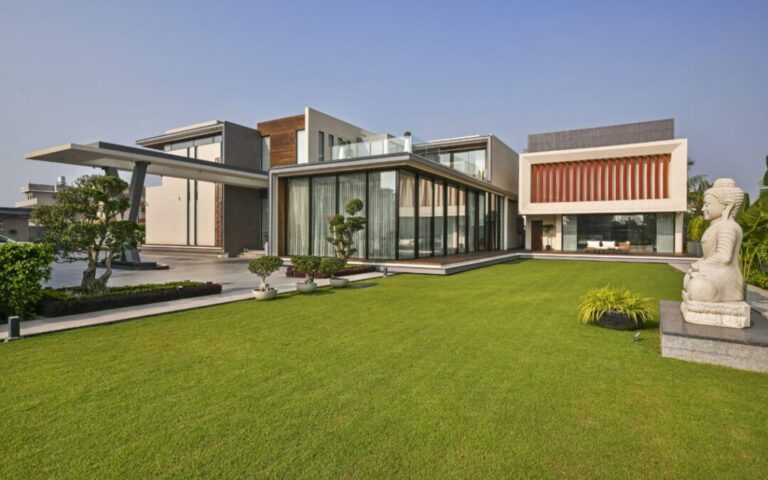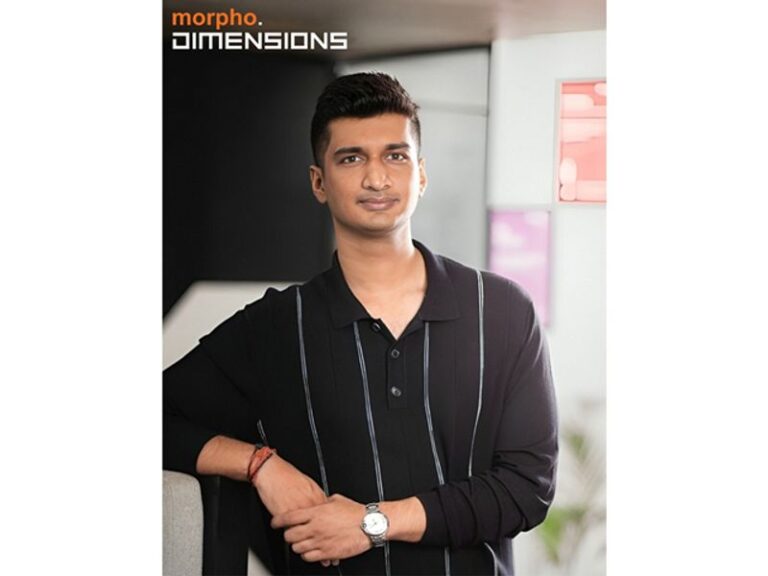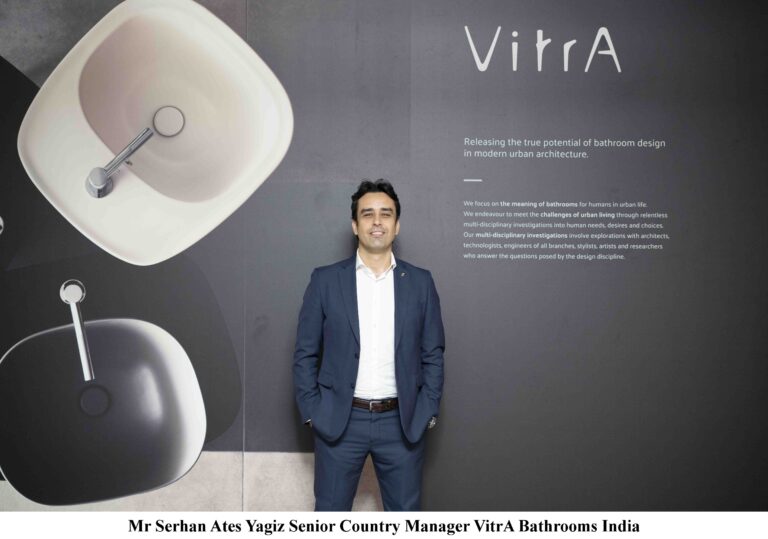This article delves into the evolving narrative of architectural lighting, where technology, design minimalism, and spatial psychology converge to create lighting systems that are not seen, but deeply felt. Gone are the days of glaring fixtures and visible hardware; the future of lighting is seamless, embedded, and atmospheric. Integrated lighting is now a critical design element, no longer relegated to a secondary, afterthought status.
From contemporary homes to commercial towers, from heritage buildings to smart interiors, the concept of ‘invisible light’ is transforming how spaces are lit—and how they are experienced.
A Paradigm Shift in Lighting Philosophy
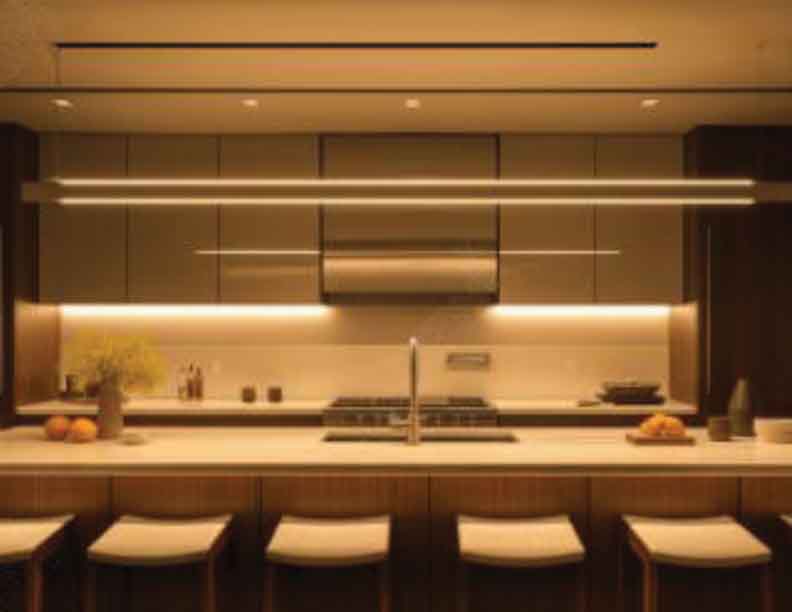
Lighting was frequently viewed as an accessory, a feature to be added to a finished building, in traditional interior design and construction. Nonetheless, contemporary architectural theory acknowledges lighting as a fundamental element of design that shapes emotional tone and spatial perception. This change has been accelerated by the rise of integrated lighting, which substitutes continuous lines, recessed coves, and ambient solutions that complement architectural forms and materials for discrete light fixtures.
This new approach stems from a minimalist design ethos, where form and function are inseparable. With lighting becoming almost indistinguishable from architectural elements such as walls, ceilings, and floors, the boundaries between structure and illumination are blurring. The result? Spaces that glow from within, where light enhances materials, guides movement, and subtly reinforces the intended mood.
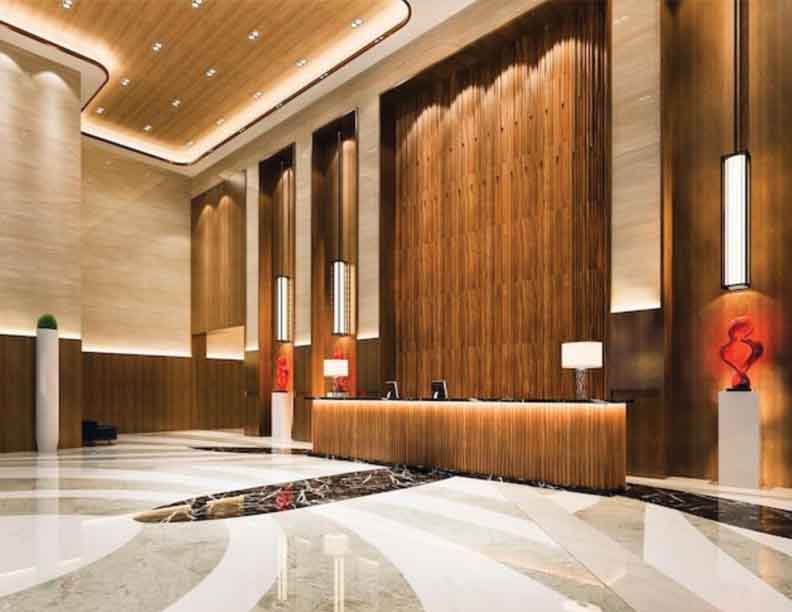
The Rise of Linear and Recessed Systems
The foundation of invisible lighting is now linear LED technology. These thin, flexible strips provide consistent lighting without the need for visible fixtures by fitting easily into niches, grooves, and false ceilings. By integrating lighting into architectural joints and surfaces, recessed profiles enable designers to eliminate glare and maintain visual coherence.
In residential design, linear lighting has revolutionized kitchens, bathrooms, and hallways. Under-cabinet lights, stairwell tread strips, and ceiling-edge highlights not only improve functionality but also create a layered lighting effect. In commercial spaces, recessed luminaires are used to articulate corridors, define working zones, and emphasize architectural volumes without distracting from the design language.
According to a 2024 market study by LIRC (Lighting Industry Research Council), over 63% of new luxury developments in urban India are now adopting recessed lighting as a primary lighting method, indicating a decisive move away from pend’ant and bulkhead fixtures.
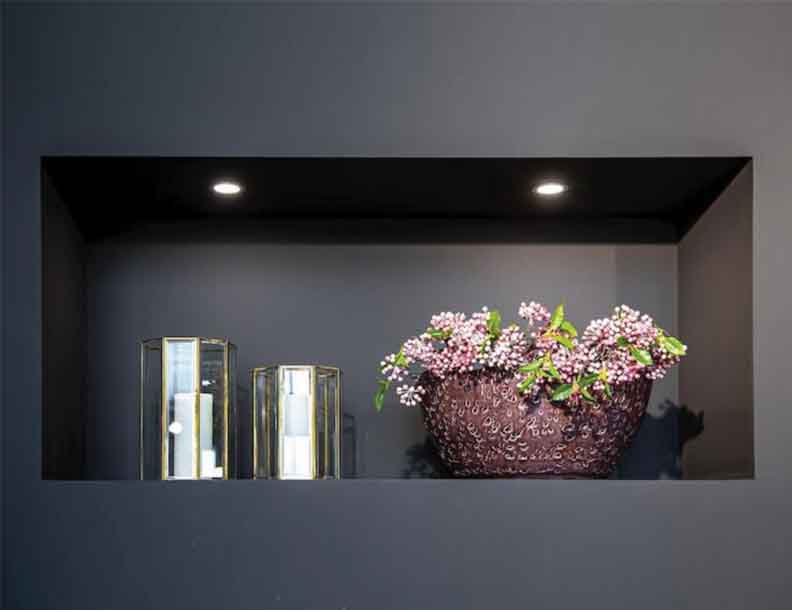
Lighting as a Spatial Enhancer
Integrated lighting doesn’t just illuminate—it shapes how we perceive a space. Soft cove lighting in ceilings can make a room appear taller, while indirect wall washers can widen narrow corridors. Highlighting textured surfaces with grazing light brings depth and tactility to minimalist materials like concrete, wood, or raw plaster.
Because integrated lighting softens the otherwise stark environment and creates a sense of intimacy without compromising the structural honesty, this technique has gained popularity in both modernist and brutalist architecture. Hidden lighting is essential for telling stories in retail, hospitality, and gallery settings because it directs the viewer’s gaze, establishes focal points, and regulates emotional flow.
An exemplary case is the ‘Museum of Art and Light’ in Singapore, where all primary lighting is hidden within structural folds. Visitors often describe the experience as “walking inside a sculpture of light.”
Technological Enablers: LEDs, Optics, and Controls
The rise of invisible lighting would not have been possible without advancements in LED miniaturization, optical diffusion, and smart lighting controls. Ultra-thin LED strips can now be embedded in spaces as narrow as 10mm, enabling integration into furniture, shelving, or staircase undersides.
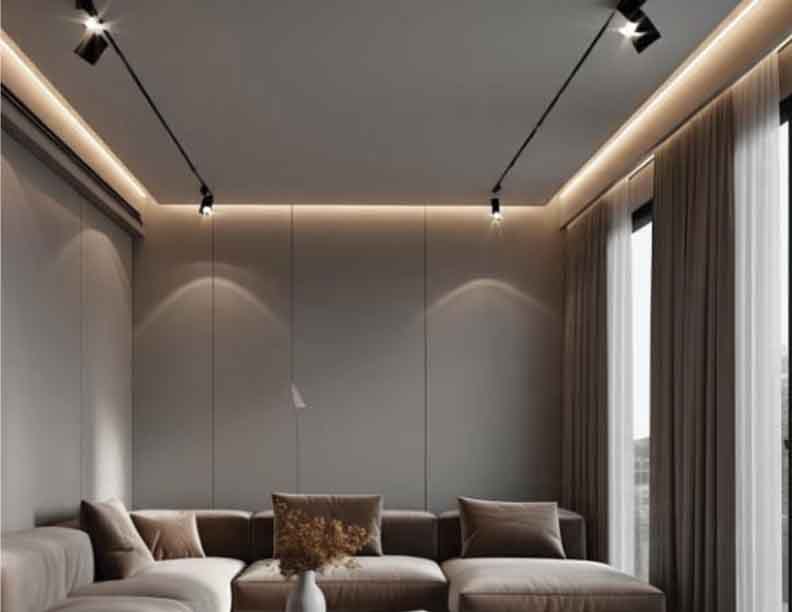
Even from hidden sources, the light is kept soft, steady, and glare-free by lensed optics and diffusers. A new level of personalisation has been introduced by motion sensors, digital dimming, and app-based colour adjustment. These days, lighting designers can plan changes in brightness, colour, and dynamic based on architectural intent, usage patterns, or circadian rhythms.
In India, companies like Wipro Lighting, Havn, and Jaquar are rapidly innovating in this space, offering modular systems that support both architectural design freedom and advanced IoT compatibility.
Sustainability and Efficiency
Sustainability objectives are further supported by integrated lighting. Energy-efficient LEDs and indirect techniques allow designers to achieve greater luminance with less power. Particularly in commercial and medical settings, the absence of exposed fixtures lowers the need for cleaning and maintenance.
Moreover, adaptive lighting systems—those that respond to daylight availability and human presence—are helping buildings meet ECBC (Energy Conservation Building Code) compliance in India and other green certification benchmarks globally. Invisible lighting is not just beautiful; it is smarter and more efficient.
Invisible Lighting in the Indian Context
The integration of invisible lighting in Indian construction is also shaped by the diversity of architectural styles, climate zones, and cultural preferences. In urban metros like Mumbai, Delhi, and Bangalore, where space is at a premium, designers are using hidden lighting to enhance perceived spatial dimensions. From creating ambient glows in compact apartments to highlighting jaali partitions in contemporary homes, Indian architects
are finding culturally relevant ways to apply global lighting trends.
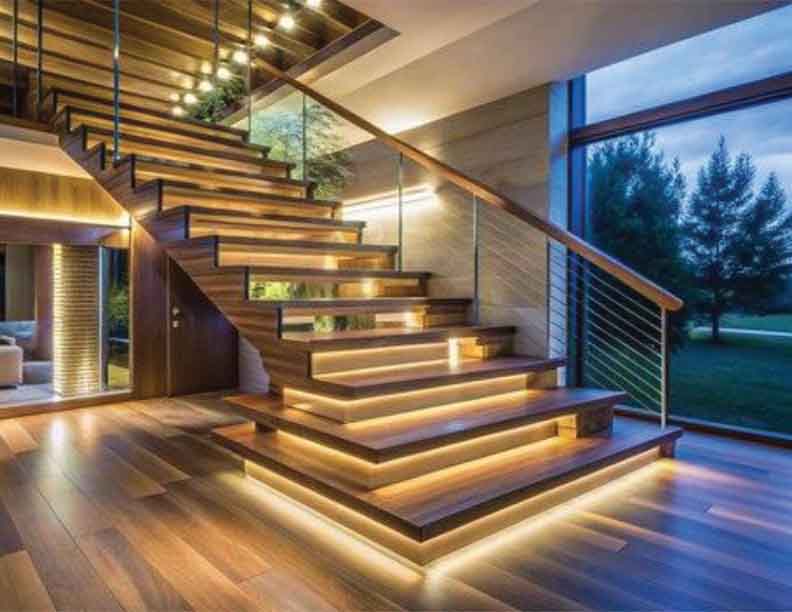
In tier-2 and tier-3 cities, the adoption of invisible lighting is gradually gaining ground as builders and homeowners become more design-conscious. With affordable product lines and government incentives for energy efficiency, recessed and linear lighting is no longer confined to luxury projects. Brands are also launching region-specific products that cater to local construction techniques and material choices, making it easier to integrate lighting without major retrofits.
Challenges and Design Considerations
Even with all of its benefits, integrated lighting needs to be carefully planned. Crucial elements include thermal control, precise joinery, structural coordination, and service accessibility. Additionally, designers need to predict how materials will interact, such as how light will react to matte versus glossy finishes or how architectural recesses will cast shadows.
The initial cost of these systems can also be higher due to bespoke detailing and controls integration. However, lifecycle cost analysis shows that maintenance and energy savings often balance out the upfront investment within 5 to 7 years.
Aesthetic of Absence
The aesthetic of absence is arguably invisible lighting’s most remarkable characteristic. In a world where sensory refinement and minimalism are becoming popular, integrated lighting is a great way to achieve the goal of clutter-free, peaceful environments. Magic, subtlety, and sophistication are evoked when light seems to come from inside walls, ceilings, or even furniture.
Future is Seamless
As we move toward smarter, more emotionally intelligent buildings, lighting will play a pivotal role in shaping user experiences. The rise of seamless, integrated lighting is more than a design trend—it is a philosophical shift toward harmony between light, material, and form.
Invisible light transforms architecture from a static shell into a living, breathing environment. For the construction and design industry, embracing this evolution means acknowledging that what we don’t see can have the most profound impact of all. v
Applications Across Building Typologies
Invisible lighting is proving versatile across sectors:
Residential: Floating beds, backlit headboards, and mirror surrounds.
Commercial: Meeting rooms with cove lighting, desks with integrated task lights.
Retail: Product shelves illuminated from hidden rails.
Hospitality: Concealed lighting in lobbies, spa zones, and bar counters.
Cultural spaces: Museums and galleries using integrated lights to preserve artifact focus.
In high-end real estate, seamless lighting is becoming a hallmark of luxury. It signals not just style but architectural intentionality. In fact, lighting consultants are now being brought into projects as early as the conceptual phase to ensure full spatial integration.



